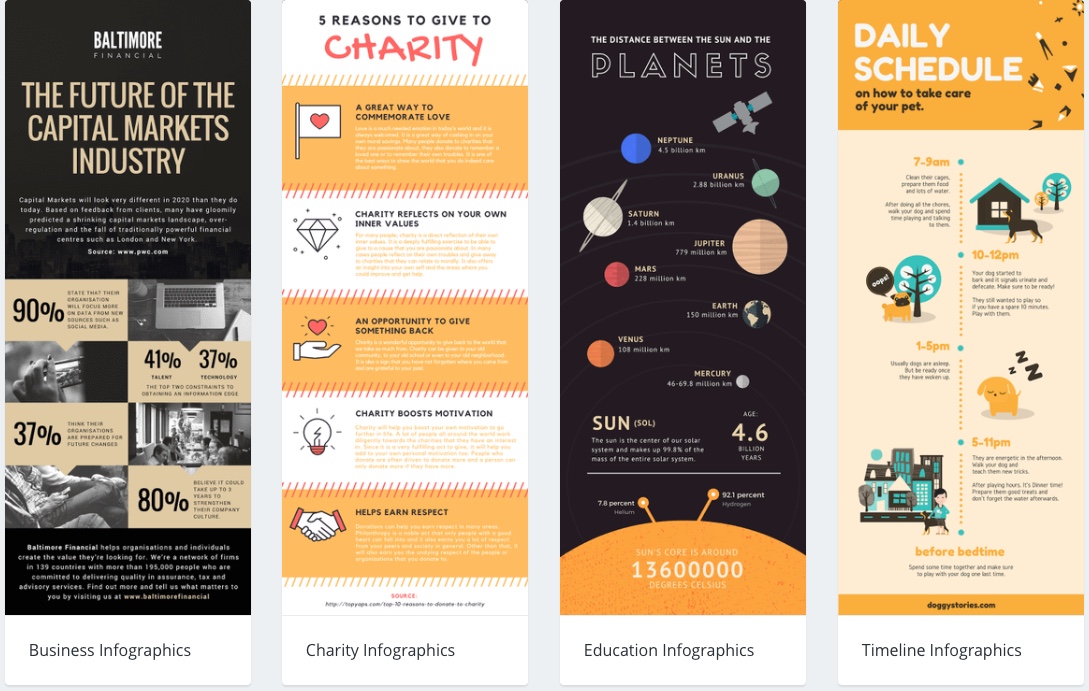
You don’t hear much about link popularity these days. As a matter of fact, if you’re new to this whole internet marketing thing, chances are you’ve never heard of it.
And that makes sense because the term has lost a lot of points from veteran marketers.
See, link popularity is just a fancy way of saying the number of links pointing back to your site or page.
In other words, it’s link quantity.
And, as you probably already know, link quantity doesn’t carry near as much perceived value as link quality does today.
But should it? I argue “yes,” and in this post, I’m going to show you why.
More precisely, I’m going to show you:
- Why link popularity is important to your SEO success
- The upsides and the potential downside of link popularity
- How to increase your link popularity as fast as possible
Think of this post as a brief introduction to link popularity that includes a valuable guide on how to effectively and efficiently incorporate it into your marketing strategy.
What is Link Popularity?
Link popularity refers to the number of inbound links, also known as backlinks, pointing to your website from other sites on the internet.
These links act like votes of confidence, signaling to search engines that your site is valuable and relevant.
In essence, link popularity measures how many other websites consider your content worthy of linking to.
The Link Quality vs. Quantity Argument
As I mentioned in the intro, link quality vs quantity is an age-old argument between online marketers.
The basic premise is this:
Which has a greater positive effect on ranking higher in SERPs and driving more traffic to your site?
- Link quality: the actual and perceived value of a backlink
- Link quantity: the number of total backlinks, regardless of value
The current popular opinion is that link quality matters much more to SEO and traffic generation than link quantity.
Sure, link quantity matters, but only insofar as the total number of links are of a higher quality.
To be honest, Google seems to justify this claim.
After all, in recent years, they’ve made it increasingly clear that they give more weight to the quality of links pointing back to your site.
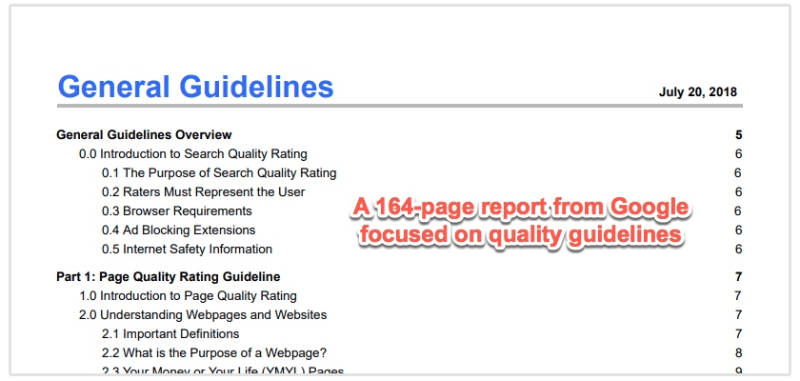
This has led to the evolution of a more quality-focused approach to getting backlinks.
So, I guess it’s safe to conclude that quality should be our sole focus, right?
3 Reasons Why Link Popularity is Still Important to SEO Success
There are three main reasons why link popularity still matters a great deal:
1. Link Popularity Increases SERP Rankings
First and foremost, the number of links to your site has been proven to have a direct effect on your search engine rankings.
Brian Dean of Backlinko analyzed 1 million Google search results and made two key discoveries that relate directly to link popularity:
- The number of referring domains has a strong influence on rankings.
- The more unique domains linking to your site, the better.
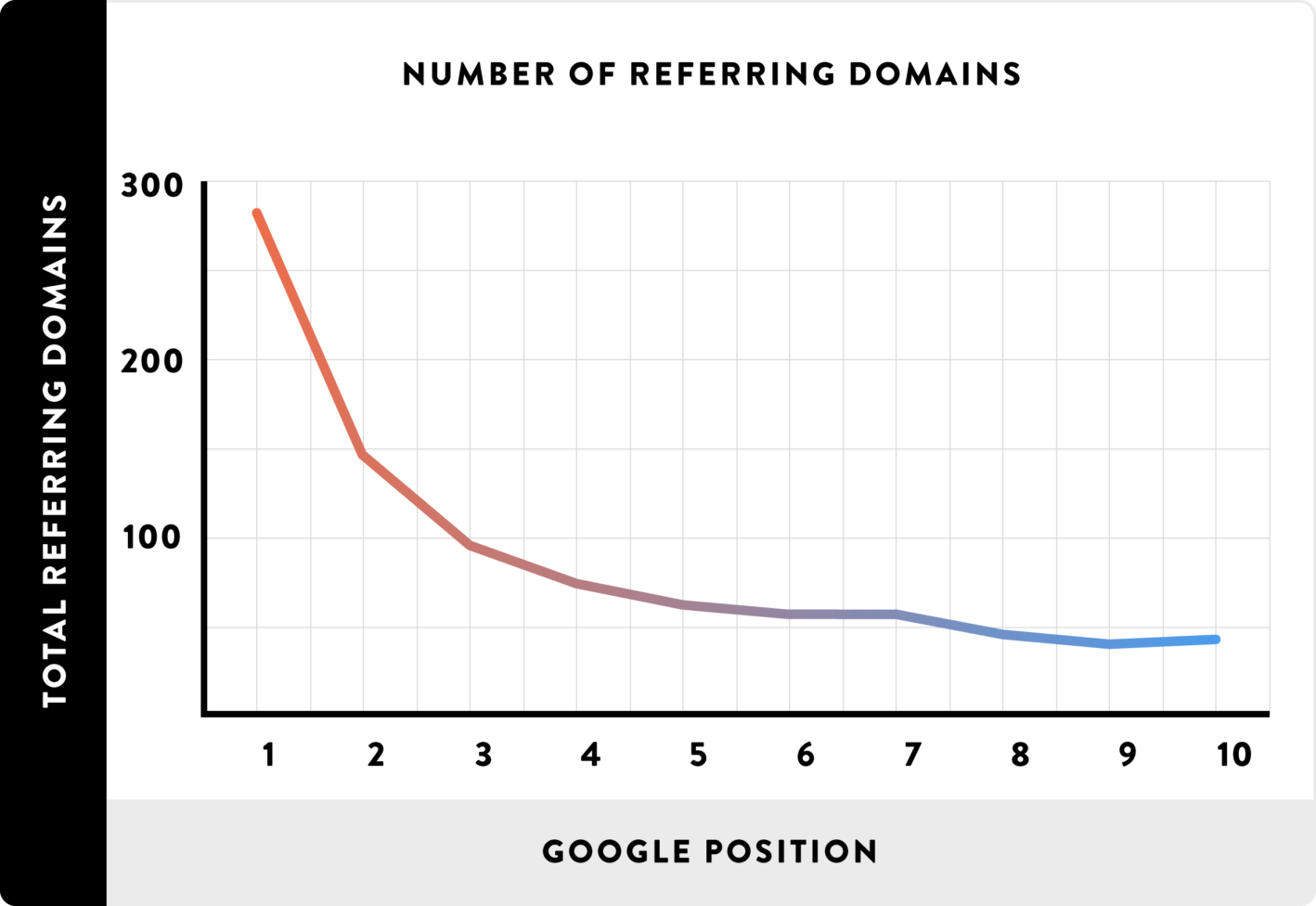
To put it in his own words:
“Google wants to see several different sites endorsing your page. And the more domains that link to you, the more endorsements you have in the eyes of Google.”
- Brian Dean
The number of total backlinks pointing to a page also has a strong influence on rankings
This data proves that Google still places a lot of value on backlinks:
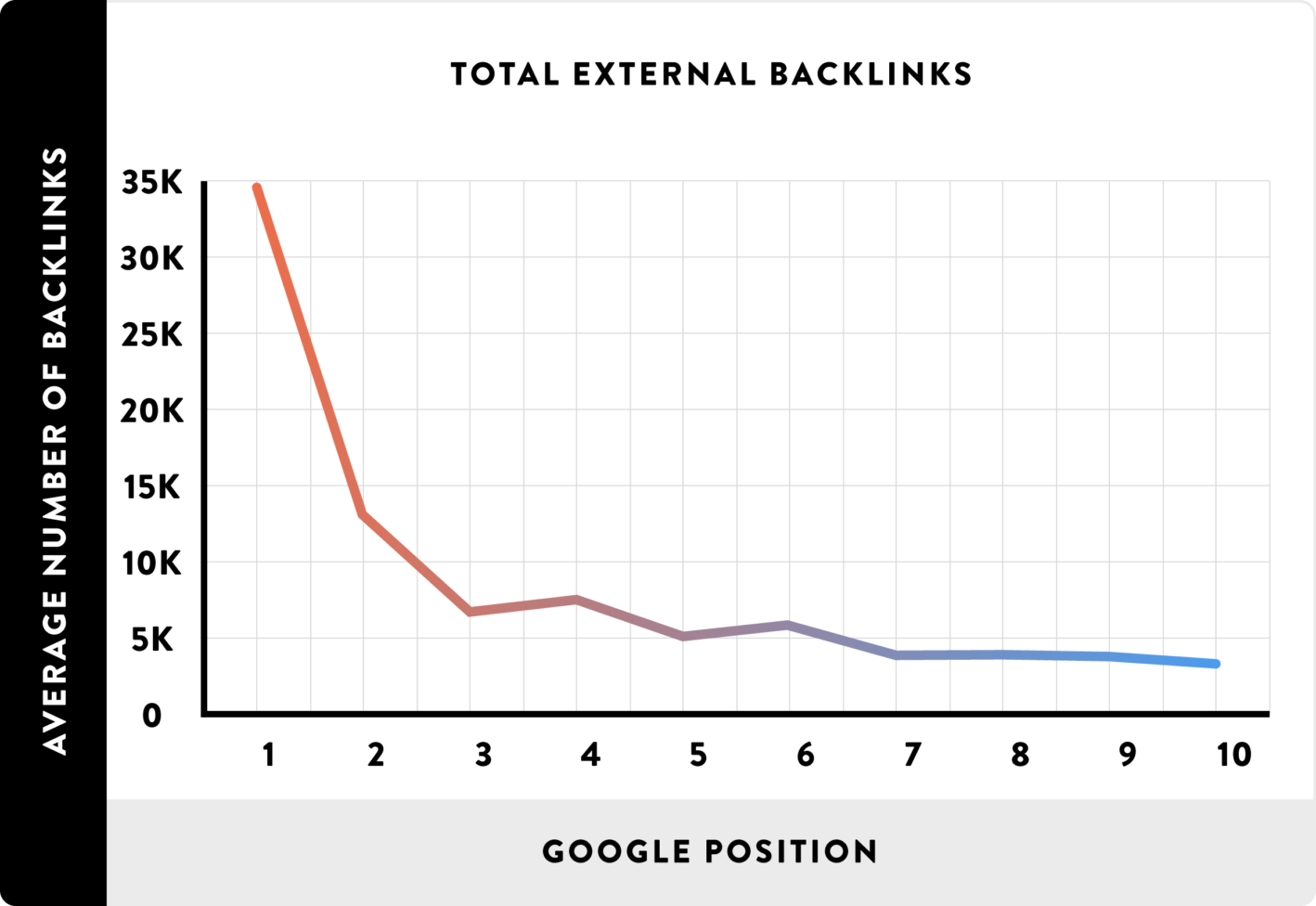
This graph states that the more links you have pointing to your site, the higher you’re going to rank in Google.
In other words, link popularity is still crucial to effective SEO.
2. Link Popularity is Easier to Acquire
Let’s be honest, creating high-quality content on a regular basis is difficult and takes a lot of time.
You have to perform in-depth topic and keyword research, spend hours researching and writing your piece, and then a few more hours editing, finalizing and publishing it.
Whereas earning a link from a do-follow blog directory can be as simple as submitting your site to the directory and waiting for them to approve it.
It’s because of the ease of acquiring these low-hanging links that link popularity can be so powerful. There’s less strategy required and fewer obstacles to overcome.
3. Link Popularity is Faster to Implement
Simply put, getting more lower quality backlinks typically takes less time than getting a couple of high-quality backlinks, especially for newer marketers.
For example, posting a comment and including a link back to your site takes seconds. Whereas writing an in-depth post takes several hours.

Granted, the backlinks you earn from the post will generally have significantly higher authority.
However, if you’re able to get 50 comment backlinks within the same amount of time it’d take you to write a high-quality post, it will help offset the difference in domain and page authority.
But what about the downsides to link popularity?
The Potential Downside of Focusing on Link Popularity
Let’s cut right to the chase, more lower quality backlinks almost always equal more spam links.
When link popularity is your focus, you’re going to be confronted with the occasional spam backlink pointing back to your site. There’s just no way around it.
You’re not going to have the time to vet every single site you post a comment on or every blog directory you submit to or every site that links to your infographic.
And this isn’t just a link popularity problem; it’s a backlink problem.
Think about it, high-quality content attracts spam backlinks, too.
The difference is in quantity.
Naturally, you’ll be at risk of encountering more spam backlinks the more backlinks you earn—regardless of their quality.
The only reason why focusing on link popularity slightly increases the risk of spam is because, in most instances, you’re acquiring substantially more backlinks than when focusing on building high-quality links.
The Final Verdict on Link Popularity
All the evidence points to the fact that link popularity is still very relevant and powerful for today’s marketing strategies.
To avoid it will result in lower SERP rankings and less traffic.
That being said, link popularity will ultimately fail as an SEO strategy if it’s not combined with building a portfolio of high-quality backlinks.
The two go hand-in-hand.
You can’t ignore quality backlinks and achieve lasting results. But you also can’t ignore link popularity and expect page one rankings either.
Now, let’s look at a few ways you can start building your link popularity today.
How to Increase Your Link Popularity Fast
There are tons of ways to build more backlinks, but some methods are faster than others.
That being said, here are four of my favorite ways to build a higher quantity of backlinks without having to apply much effort:
1. Write Testimonials
Every product and service provider wants more glowing testimonials.
Plus, this opens up plenty of options for getting higher quality backlinks from industry-related sub-niches.
For example, let’s say you have a site related to being a better three-point shooter.
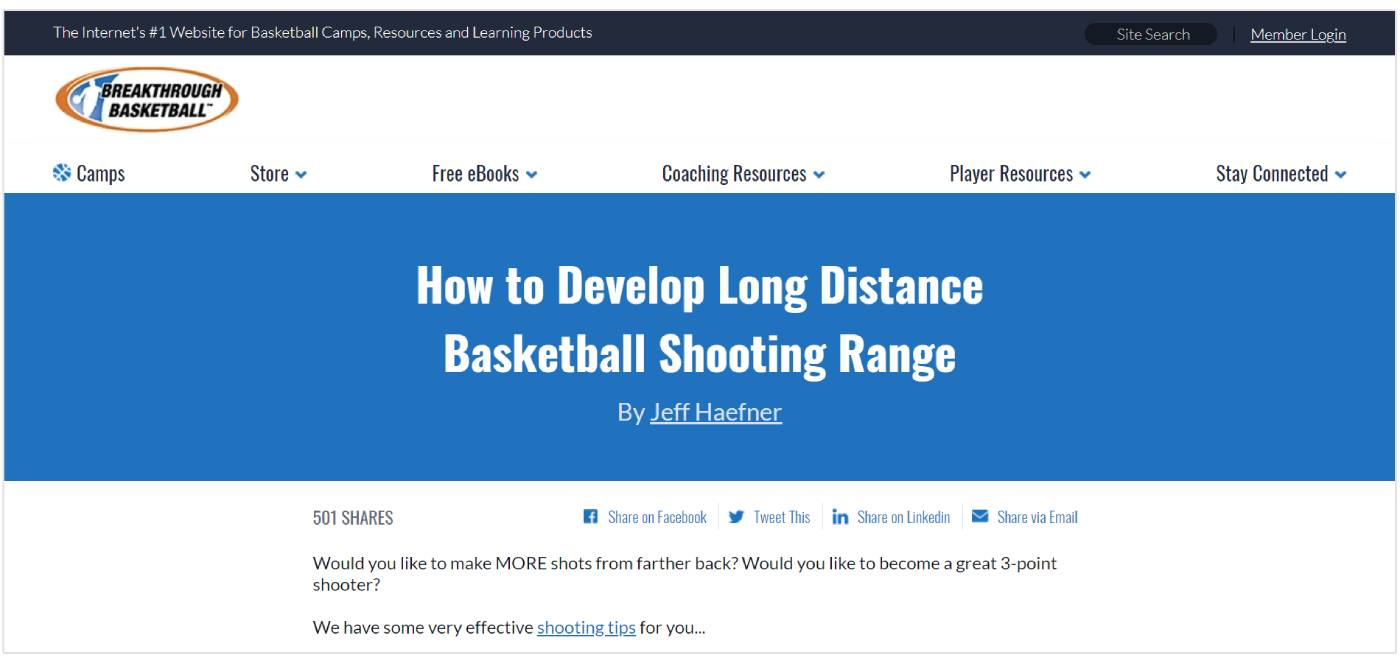
This opens up testimonial opportunities for:
- Basketball-related training courses and programs
- Sports apparel
- Basketballs
- Books
- Basketball-related accessories
- Training equipment
- Portable basketball hoops
- Etc.
What I’m getting at is don’t pigeon-hole yourself into a single category for writing testimonials. Branch out and cover as many different areas that your niche touches as possible.
Here’s how to promote and write testimonials that will score you backlinks:
Use the Product or Service
Don’t offer a testimonial if you haven’t used the product or service. It’ll show in your testimonial and could prevent it from being published. Plus, it’s just not ethical.
If you’re unwilling or unable to shell out cash for the product or service, you can always ask for a “review copy” of the product in exchange for a testimonial (and possible endorsement).
Write an Email to the Site Owner Offering to Supply a Testimonial
Write a friendly email to the site owner offering to provide a testimonial for their product or service.
Don’t ask specifically for a backlink.
If one’s not provided once they publish the testimonial, then you can reach back out to them and politely request that they include a link to your site.
Write the Testimonial
Model it after ones already posted on the site.
If there aren’t currently any posted, then include the following in your testimonial:
- Define your pre-existing problem
- Tell how the product/service helped solve the problem
- Include specific figures that illustrate the positive impact of the product/service
Send it in and wait for it to post. And then check to make sure a backlink was provided.
(Hint: You can do that with SEOptimer. You’ll receive weekly email alerts whenever someone adds a backlink to your site.)Create Basic Data-based Infographics
All you’re going to do with this strategy is to gather a collection of relevant data and statistics about a particular topic in your niche, turn it into a simple infographic, and then summarize the infographic in a post.
Here’s how it works:
Gather a Collection of Data About a Particular Topic
Base it on a central theme—say “subject lines in email marketing.”
This theme will form the basis for your basic infographic and the topic of your post.
From here, you’ll research all of the relevant statistics and data that cover the use of subject lines in email marketing campaigns.
Create a note with everything you find.
Create Your Infographic Using Canva
Next, head over to Canva to create your infographic.
This website gives you a WYSIWYG editor that lets you create infographics with ease. It even includes pre-made templates to make the process even simpler.
All you have to do is choose a template, fill in your data and statistics (with a brief summary for each), and include a list of resources for each statistic you quoted at the bottom of the infographic.Publish and Promote the Post
Next, create a post on your site that showcases the infographic and briefly summarizes each quoted statistic.
Publish the post and then promote it via your social media channels and the like.
Including research, you can create one of these infographics in a couple of hours.
But because infographics are so shareable, those two hours spent can easily turn into a nice collection of quality backlinks.
Submit Your Site to Quality Blog Directories
Another quick way to boost your total number of backlinks is by submitting your site to do-follow blog directories.
When approved, these directories will link back to your site which, in addition to providing a valuable do-follow link, can also help drive more traffic to your pages.
Here’s a recent and up-to-date list of over 100 blog directories you can submit to that will help get you started.
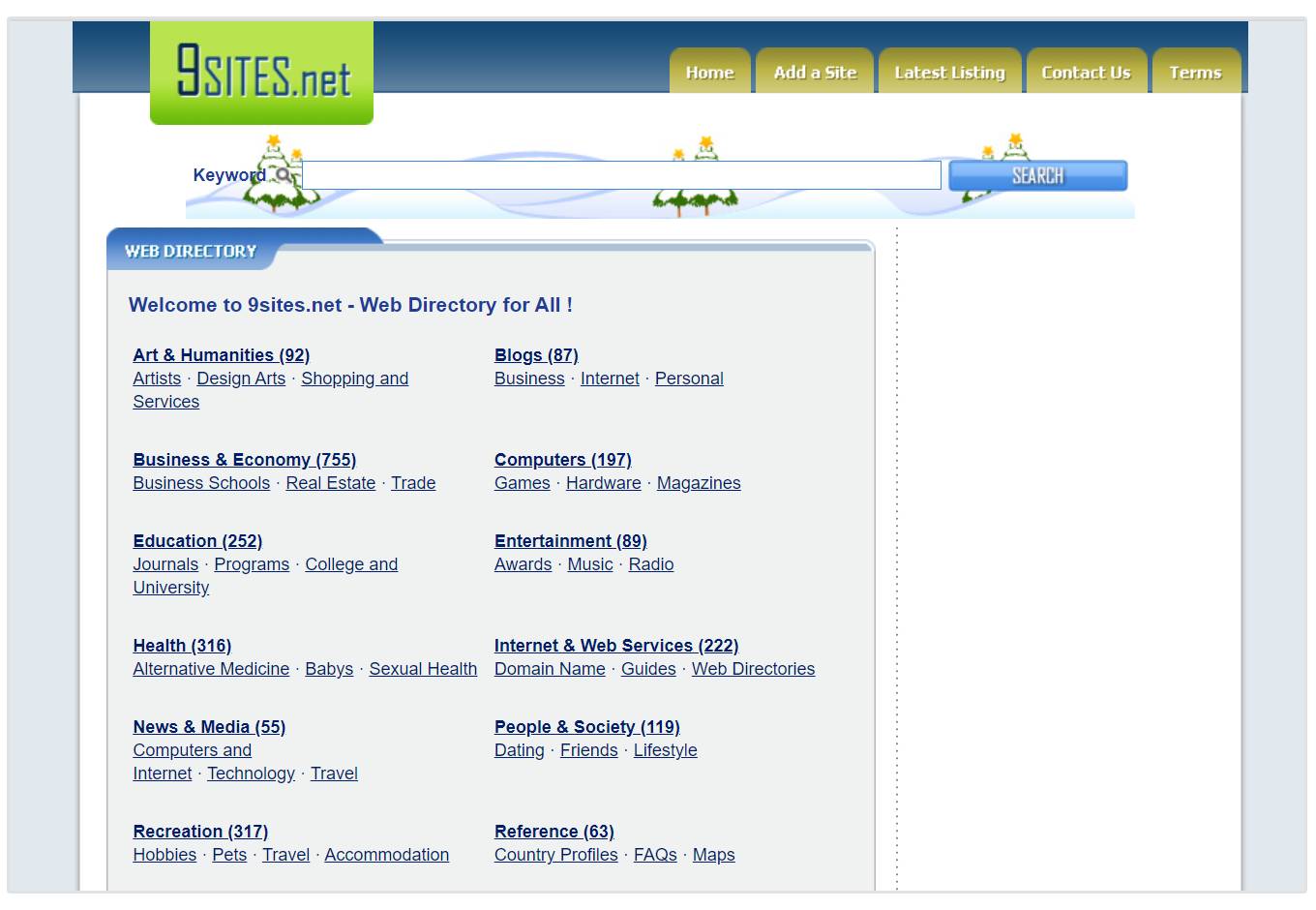
In addition to blog directories, you’ll also want to find industry-related forums that offer do-follow links to join and find blogs to comment on to further increase your site’s link popularity.
Spy on Your Competitors
There’s also one other powerful way to find new sources for building more backlinks fast that’s worth mentioning: spying on your competition.
Using SEOptimer’s Backlink Research tool, your competition will provide you with a virtually endless supply of new resources for finding do-follow backlinks.
Here’s how it works:
First, log in to your SEOptimer account and navigate to the Backlink Research module on the left side of the page.
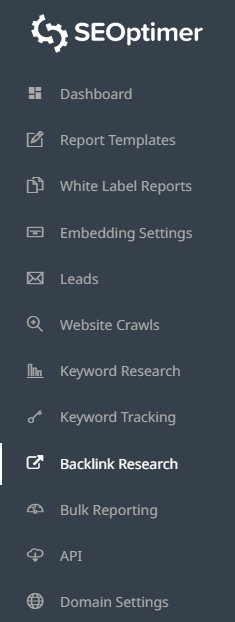
Next, add your competitor’s URL to the available field and click on “Research.”
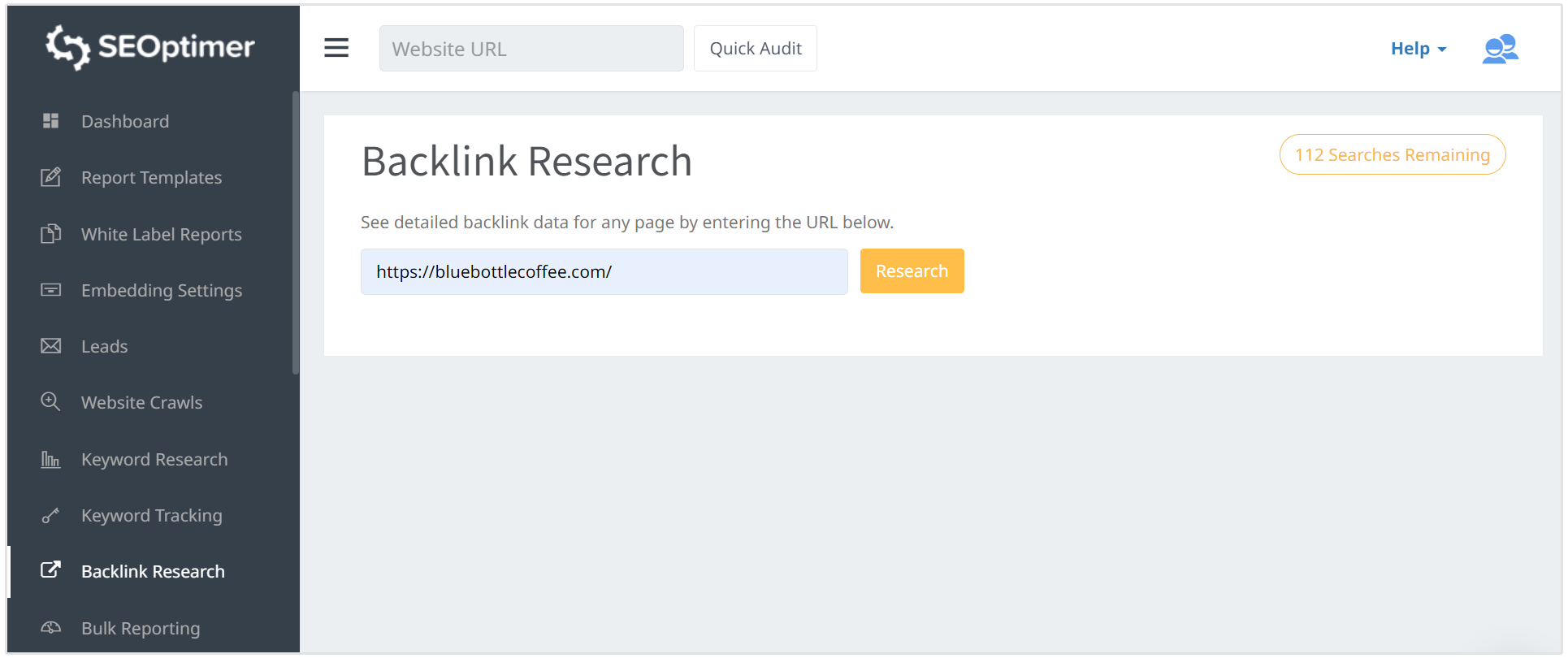
Now, your competitors’ backlinks will start to populate for your review.
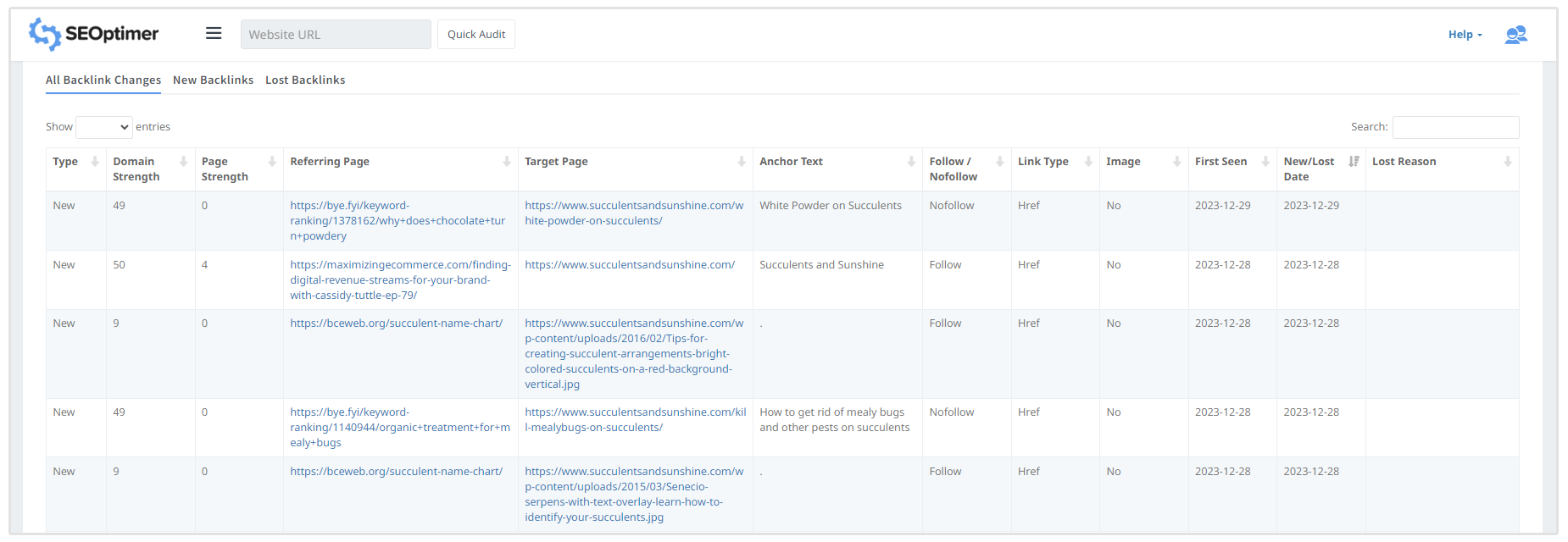
This is a virtual goldmine of new opportunities for building new backlinks.
So What’s Next?
Now you know just how important link popularity is to your SEO success.
And you know what you need to do to start increasing your quantity of backlinks with relative ease.
Your next step is to put what you’ve learned from this guide into action.
My recommendation:
- Start by checking your competitor’s links in SEOptimer’s Backlink Research feature.
- Then, use the link I provided earlier to find directories to submit to and start submitting your site to them.
- After that, find products and services you can write testimonials for and then start researching ideas for a basic infographic.
Remember, balance is key to building backlinks.
For every 20-30 lower quality backlinks you get, focus on getting 1-2 high-quality links to match.
Quality needs quantity to be successful and vice-versa. Be persistent, don’t give up, and eventually you’ll see success.
